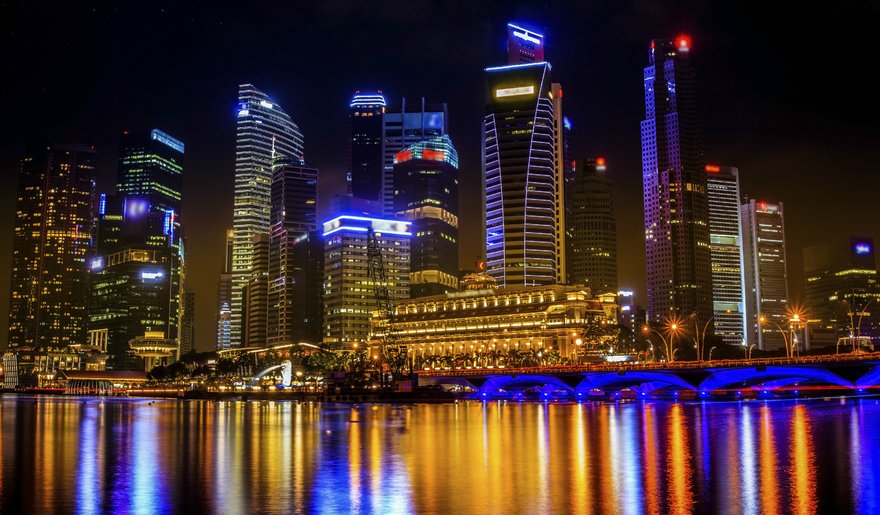One of the major trends we see for businesses moving into the New Year is the need for green, efficient IT, especially in Asia Pacific. As IT demands increase, so too does the data center’s power expenditure. Analyst firm Frost & Sullivan notes that more than 80% of the major data centers in Asia Pacific are running at close to 90% capacity. Companies across the region are struggling to cope with changes while data center capacity is constrained by inefficient equipment and stranded power.
While energy is typically one of the largest operating expenses for business – contributing to about a third of the total operating cost – it is also one that is controllable. Making smart choices about energy-efficient equipment and having a comprehensive energy management program in place can generate savings of up to 30%. Such savings can help businesses gain a competitive advantage by making their products and solutions more cost-effective.
Energy management
We are now seeing bigger budgets being diverted to energy management efforts on the technology and facility management fronts. An example of this can be seen with the increasing adoption of data center infrastructure management (DCIM) tools and scalable modular, plug-and-play solutions. It is predicted by Frost & Sullivan that spending on DCIM will increase more than 20% in 2013 with annual sales reaching US$690m by 2016.
There is a lack of understanding around energy management, especially in Asia where businesses have varying levels of energy management maturity. In terms of energy efficient data centers, parts of Asia – particularly the developing South East Asian countries – are falling behind due to a combination of factors including poor internet connectivity infrastructure (Indonesia), unstable power and inadequate power supply (Malaysia), developing standards (Vietnam). The more established countries include the likes of Singapore, Australia and Hong Kong. But that’s not to say they don’t also face challenges.
Exponential growth of data volume and rising energy cost are two of the most prevalent challenges data centers in developed Asia Pacific markets face today.
Efficiency challenges
Singapore is a very mature market in terms of technology compared to emerging countries such as Thailand and Indonesia. The Singapore IDA initiated its iN2015 master plan in 2005 to grow the infocomm sector and build up IT infrastructure. This initiative encouraged many major players to set up their data centers as early as almost a decade ago.
Today legacy data centers are one of the main challenges the sector faces. This is because the older data center facilities consume more and more power as they try to keep up with growing data demands and new technologies such as virtualization, which pushes power utilization effectiveness (PUE) figures higher. In addition, energy usage is not a typical design criterion for data centers, nor is it effectively managed as an expense, especially for older facilities. This is true despite the fact that electrical power costs over the life of a data center may exceed the costs of the electrical power system. This cost may also exceed the cost of the IT equipment. Basically, capital cost of equipment can be overtaken by the OPEX cost within a few years.
Another major contributor to energy inefficiency is over-sizing. It is is one of the largest drivers of electrical waste in data centers and the most difficult for users to understand. This occurs whenever the design value of the power and cooling system exceeds the IT load.
While it is clear that installing too much power and cooling is wasteful from an investment standpoint, it is not obvious that such over-sizing can dramatically decrease the electrical efficiency of the overall system and cause excessive ongoing electrical consumption.
Most users do not understand that there are fixed losses in power and cooling systems that are present whether the IT load is present or not, and that these losses are proportional to the overall power rating of the system.
These fixed losses are the dominant form of data center physical infrastructure (DCPI) electrical consumption in typical installations. In installations that have light IT loads, the fixed losses of the DCPI equipment commonly exceed the IT load. Whenever the DCPI system is oversized, the fixed losses become a larger percentage of the total electrical bill, meaning customers are spending money CAPEX/OPEX supporting a future load that hasn’t arrived.
What is required in 2014?
Effective and comprehensive energy management goes beyond IT. As such, senior IT executives will need to work closely with their facility management colleagues to put in place a comprehensive energy management strategy. They will also need to develop a more holistic and end-to-end approach towards their data center strategy and energy management as opposed to seeking piecemeal solutions such as server virtualization or DCIM.
To operate energy efficient and reliable data centers that are able to cope with the exponential growth of data brought on by smart cities, it is important that business take a holistic and end-to-end approach towards their data center strategy.
This article first appeared in Focus 33. Read the digital edition here.

